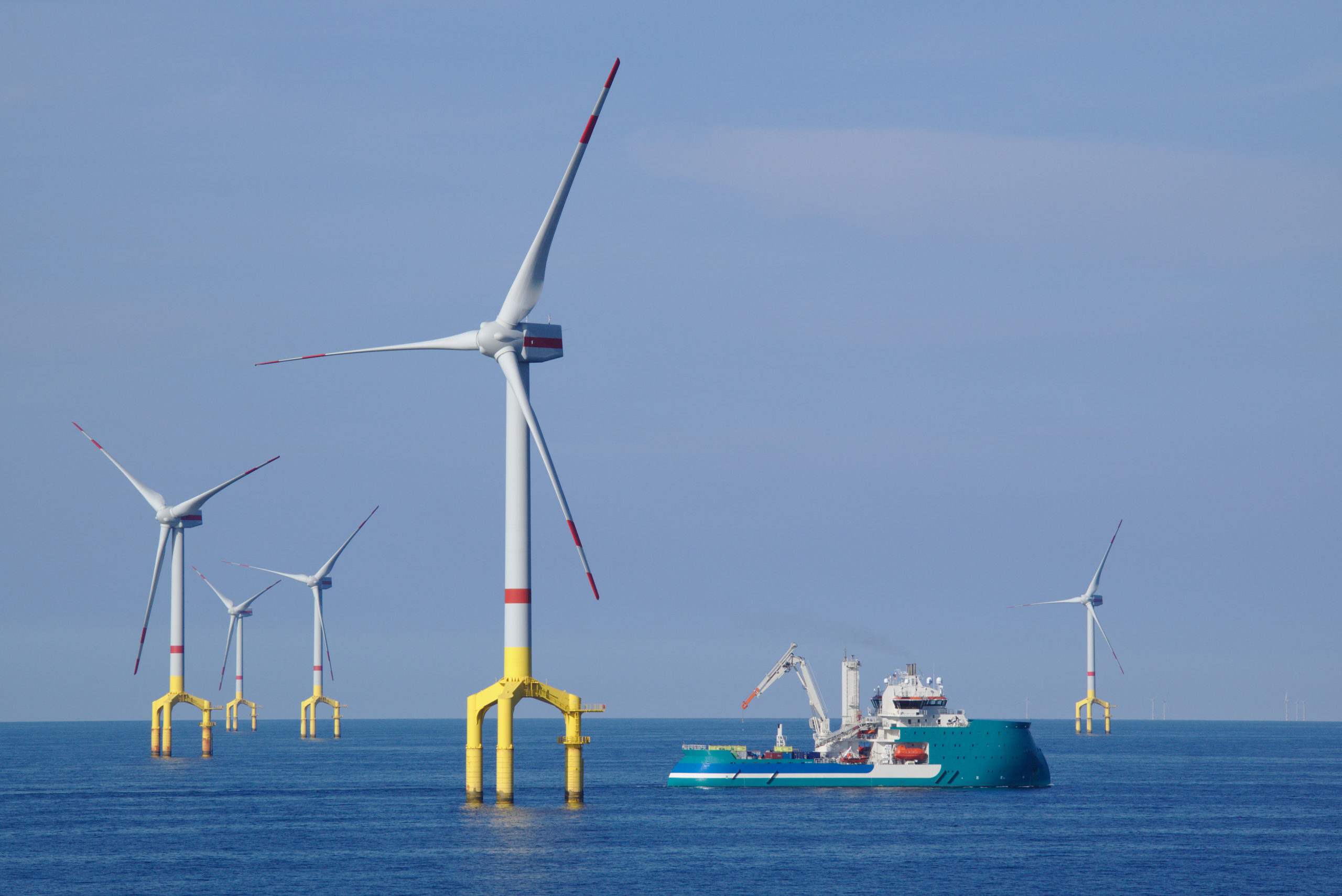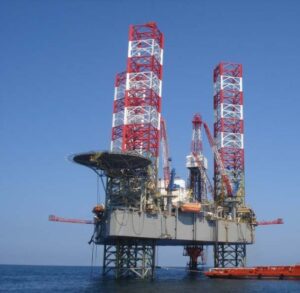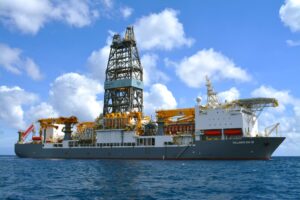There are small nations which are expanding their horizons to explore ways to reduce their carbon footprint. It is considered a challenge for these countries to develop and integrate critical infrastructure into their limited available land.
Denmark, one of the smaller countries in Europe, has not let limited land mass get in its way. 67% of its electricity supply came from renewable sources in 2021, and it aims to be 100% fossil-fuel-free by 2050. The country began looking into the possibilities of wind energy after the oil crisis of 1973, with the first commercial wind turbine erected in 1979. The success of onshore wind power inspired the development of offshore development and today despite its relatively small size, Denmark is a clean energy pioneer, as the Global shipping, logistics and marine services provider GAC Group says.
In the Eastern Mediterranean, Cyprus is seeking to expand the share of renewable energy sources in its energy mix. The government has allocated 41% of its $1.2 billion Recovery and Resilience Plan funds to secure Cyprus’s green transition. Over 16% of its energy consumption currently comes from renewable sources and, by 2030, that number must rise to 23% with the ultimate goal of eliminating greenhouse gas emissions by 2050. The country aims to introduce new and disruptive smart grid technologies, as well as state-of-the-art control and storage methods to be used in parallel with new electricity market approaches. But it will require considerable investment to create the necessary infrastructure, as GAC Group notes.
Taiwan is developing its offshore wind energy capacity, with ambitions to generate 5.5 GW by 2025. GAC has been providing logistics and transportation services for these offshore wind projects, which involve the installation of massive wind turbines in the sea.
“Taipei’s plans for wind power are incredibly exciting,” says Kenny So, GAC Taiwan’s Managing Director. “And we have responded by opening our new office in Taichung Port, putting us closer to project sites, allowing us to respond more quickly to customer needs and enabling us to be part of an alternative energy revolution.”
Singapore has long been a key hub for the offshore energy. Due to the small island nation’s excellent sea and air connections, it is home to many energy companies.
“Negotiations for a major solar project in Trinidad and Tobago have been successfully concluded by the Government of the Republic of Trinidad and Tobago in partnership with bp Alternative Energy Trinidad and Tobago, Shell Renewables Caribbean and UK-based solar-developer Lightsource bp. The project, which will have a capacity of 112 MWac/148 MWp, represents the country’s first large-scale solar initiative,” as GAC Group furthermore says.



